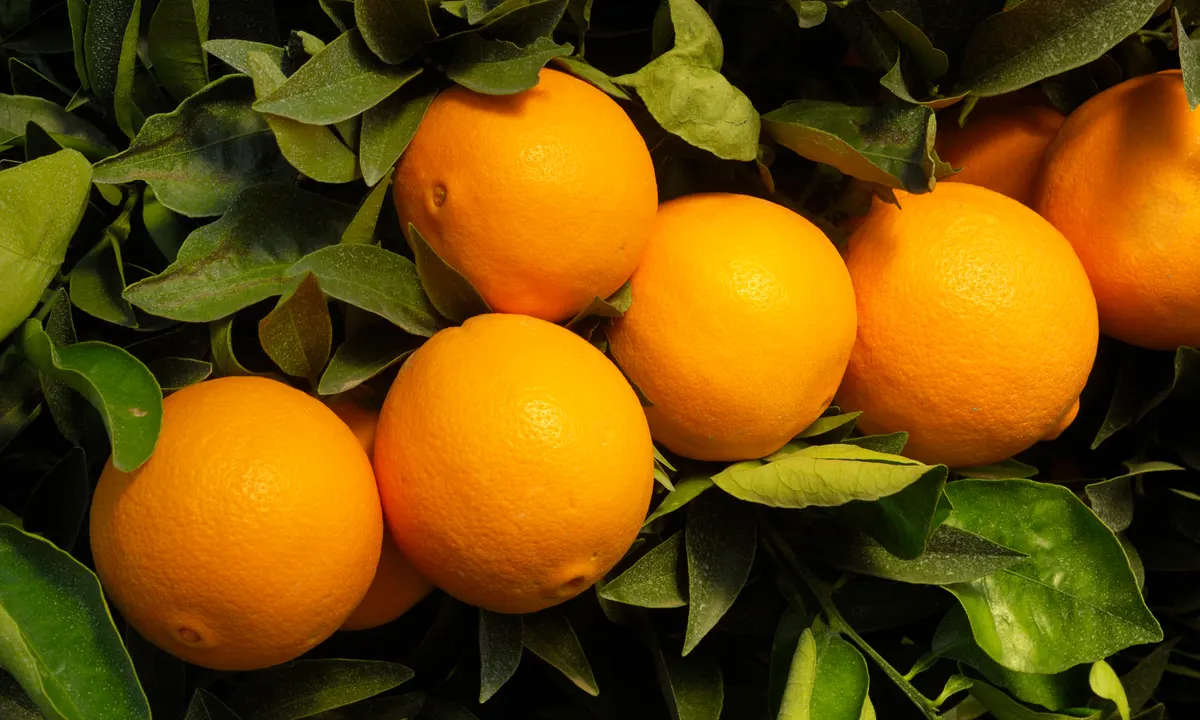The world is facing a significant shortage of oranges, causing a drastic increase in prices that has impacted the orange juice market. According to data from the International Monetary Fund, the price of oranges has surged to $3.68 per pound as of April, marking a 33% increase from the previous year and a staggering 210% rise since January 2021. This inflationary spike is largely due to reduced yields in major orange-producing regions.

The Root Causes of the Orange Crisis
The primary factors contributing to the soaring costs are drought, disease, and heightened demand. Ted Jenkin, CEO and co-founder of oXYGen Financial, emphasized these points during a discussion with FOX Business, highlighting the severe challenges the industry faces. Florida, a major orange producer in the U.S., and Brazil, responsible for about 70% of the world’s orange supply, are experiencing significant agricultural setbacks.
Disease and Weather Devastate Orange Crops
In Brazil, a disease known as citrus greening has been particularly destructive. Affected trees produce fruits that are green, small, and bitter, and they typically die within a few years of infection. Compounded by extreme weather conditions such as heat waves and drought, these factors have led Brazil towards its smallest orange harvest in over three decades. Similarly, Florida’s orange production has suffered due to hurricanes and the same greening disease, spread by the Asian citrus psyllid insect.

Implications for Orange Juice Production
The scarcity of oranges is having a direct impact on orange juice production, with prices for a 12-ounce can of frozen orange juice concentrate climbing to $4.25, a 41% increase from the previous year. Traditional methods of managing orange juice supply, like freezing juice stock, are becoming less effective as reserves are depleted. Kees Cools, president of the International Fruit and Vegetable Juice Association (IFU), described the situation as unprecedented, even compared to past disruptions caused by severe weather events.
Looking Ahead: Potential Shifts in Juice Production
In response to these challenges, orange juice manufacturers are contemplating the use of alternative fruits such as mandarins, which are more resistant to greening disease. However, transitioning to a new fruit source could involve a complex and lengthy process, indicating that the market may need to adapt significantly to cope with ongoing shortages.

A Market in Flux
As the industry grapples with these unprecedented challenges, consumers and producers alike are navigating a rapidly changing landscape. The shift towards alternative fruits highlights the industry’s resilience and adaptability, but also underscores the serious nature of the agricultural issues affecting global orange supplies.










